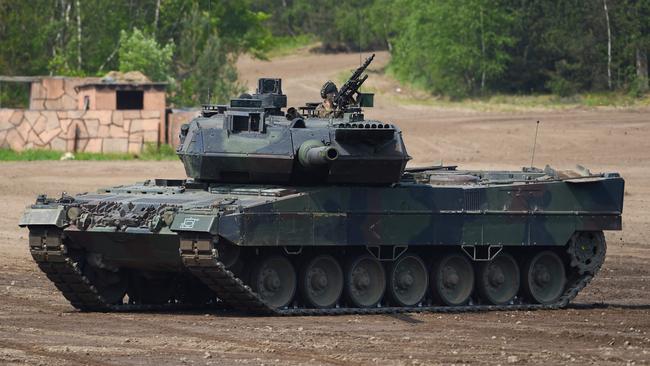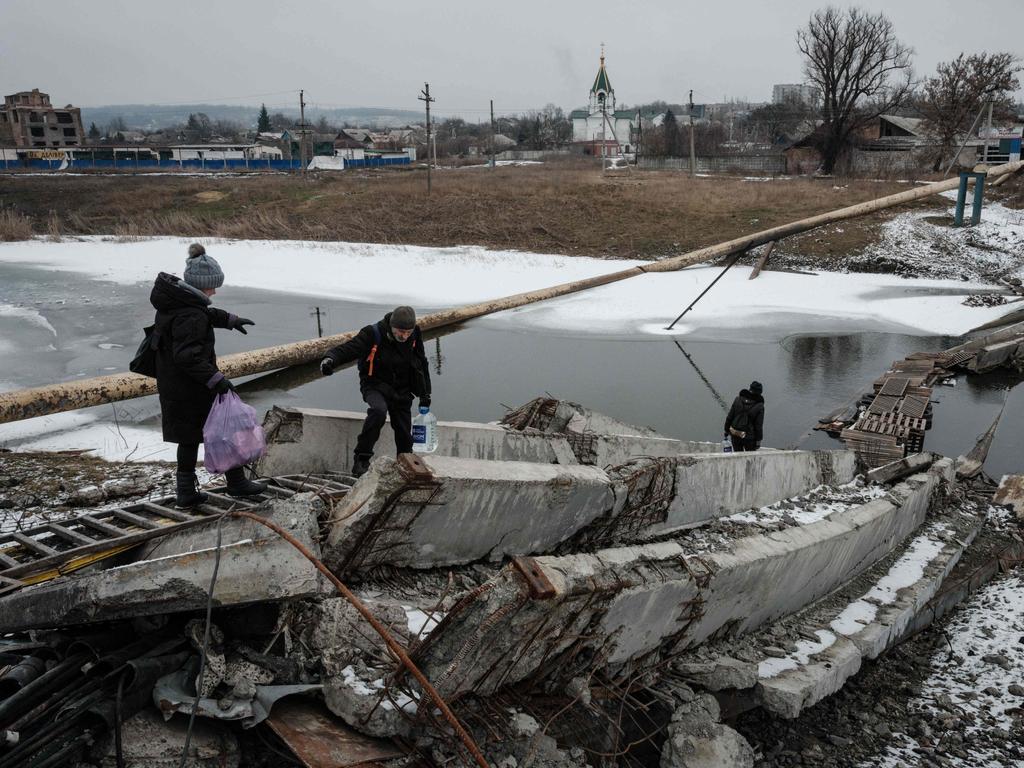Western tanks to do little more than lift Ukraine spirits

Ukraine is not going to have significant numbers of Western tanks anytime soon. It is likely to end up with a mix of 14 British Challenger 2s, 112 German Leopard 2s (only 14 to be provided in the short term) and 31 American M1A2 Abrams tanks – delivery date unspecified. Delivery of the M1A2s could be delayed by US federal policy that forbids the export of Abramses with classified content, which includes the use of depleted uranium armour. Supply will depend on availability of the less capable export version of the M1A2 Abrams. Ukraine could also end up with some Leopard 2s from other donors.
In terms of military organisation, 14 tanks form a tank company and 56 a tank battalion. Modern main battle tanks are complex pieces of equipment that require a high level of crew training and expertise to operate effectively. For example, the US training course to operate the M1 Abrams is a six-month course. A third-generation Western tank is a world away from the old basic Soviet-era tanks Ukraine has been accustomed to operating. Tank types have unique characteristics, strengths and weaknesses, but something they share is that they are all fuel guzzlers, particularly the M1. Tanks operate on litres to the kilometre rather than the other way around. Ukraine managed to limit the Russian use of tanks in 2022 by targeting Russia’s vulnerable soft-skin fuel resupply tankers. Without fuel, the best tank in the world becomes a stationary artillery piece. For both fuel and maintenance reasons, tanks need to be transported to as close to the battlefield as possible. Transportation can be a challenge because a modern tank weighs around 60-70 tonnes. It’s not yet clear if the tanks being provided will be in new condition. There is a tendency for donor militaries to get rid of equipment past its use-by date. Donations of large numbers of armoured vehicles look good politically but, from a Ukrainian perspective, pre-loved vehicles are of limited value because Ukraine lacks the capability to maintain old Western equipment. Australia’s donation of 28 ageing M113 armoured personnel carriers falls into this Band-Aid category. What Ukraine wants is new equipment that can be run into the ground with minimal maintenance. Of the tanks on offer, the Leopard 2s will require the least maintenance. Another factor is the effectiveness of Russia’s anti-tank capabilities and the availability of its anti-tank weapons in the forward areas of the battlefield.
Little has been said about the Russian anti-tank capability, but Russia has a range of weapons specifically designed to destroy NATO third-generation tanks. They include the 9M133 Kornet (Cornet) – a Russian man-portable Anti-Tank Guided Missile (ATGM), first introduced into service with the Russian army in 1998, and said to be the Russian equivalent of the American Javelin ATGM. In addition, the RPG-29 and RPG-30 are anti-tank weapons that can defeat tanks that have composite armour and explosive reactive armour. Reactive armour can be defeated with multiple hits in the same place by tandem-charge weapons, which fire two or more shaped charges in rapid succession. Russia’s operational tank fleet consists of various modifications of three main types: the T-72, T-80 and T-90. Russia probably has of the order of 2600 operational tanks. Ukraine can probably field around 600 tanks, mainly T-72s, including undamaged Russian tanks that had run out of fuel. It seems unlikely Ukraine will be able to crew and field an effective force of Western tanks before Russia mounts its next major offensive. NATO’s tank offer to Ukraine of 157 tanks – with as many as 129 to come later – will not make a significant difference on the battlefield but may help to boost morale.
Clive Williams is a visiting fellow at the ANU’s Strategic and Defence Studies Centre.




The belief Western tanks will make a significant difference in Ukraine is optimistic. President Volodymyr Zelensky says his forces need tanks urgently to defend territory and push Russian troops out. But the Ukrainian push for Western tanks (and jets) seems to have more to do with his aim to get NATO more engaged rather than any realistic expectation Western tanks will make much difference in eastern Ukraine.